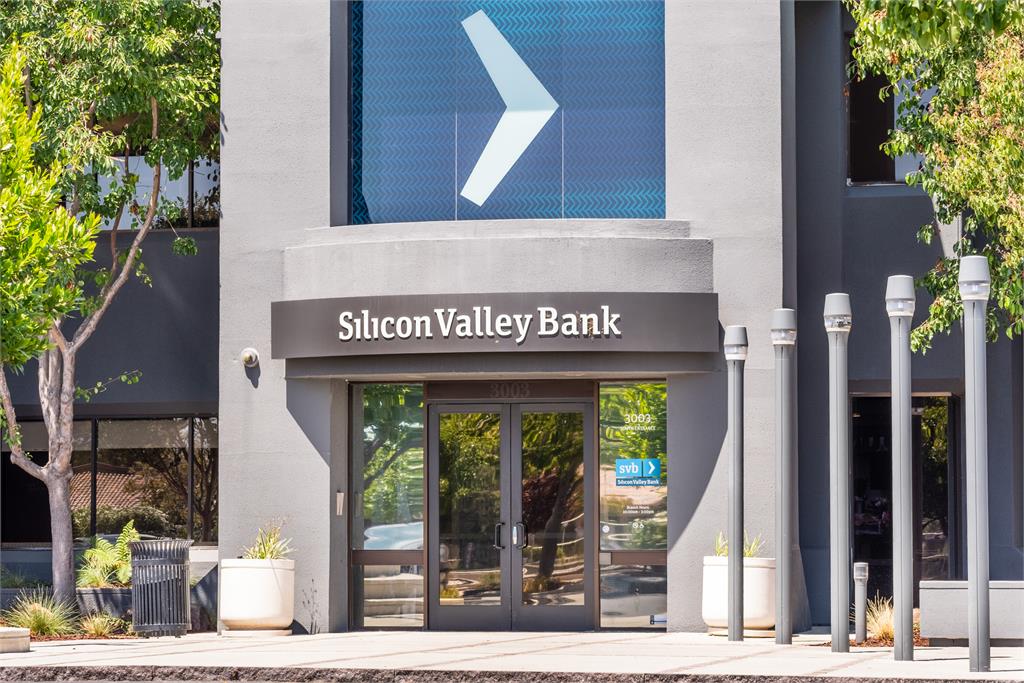What CEOs can learn from the banking crisis

The collapse of Silicon Valley Bank (SVB) and Signature Bank; the uncertain fate of First Republic Bank, which has sent the stock price plummeting; and the takeover of Credit Suisse by UBS have underscored the importance of leadership, relationships and resilience in the start-up world. As CEOs and entrepreneurs seek to navigate this complex ecosystem, we at the 111-year-old Dale Carnegie Training ”” one of the oldest and largest training companies in the world, with locations in more than 75 countries ”” believe that in”¯an environment rife with uncertainty, leaders must communicate swiftly, with clarity and confidence. Leaders must take command of their vision, their key relationships and their risk management respectively. Here”™s our advice on how to do so:
 Take command of your”¯vision
Take command of your”¯vision
This means developing a clear and compelling vision for your organization and aligning your strategies, resources and operations to achieve that vision. In the case of SVB, the bank”™s leadership failed to recognize the risks inherent in its lending practices and investments and, as a result, the institution crumbled under the weight of bad debt and poor management. CEOs can learn from this by taking a proactive approach to risk management and by cultivating a culture of accountability and responsibility within their organizations. This means aligning their business strategies and operations with a clear, compelling vision that reflects their purpose, values and aspirations.
Take command of your relationships
This means recognizing the importance of collaboration, communication and trust in achieving success. In the case of SVB, the bank”™s collapse was not just the result of poor internal management but also of external pressures from the wider financial ecosystem. CEOs can learn from this by cultivating strong relationships with partners, investors, customers and other stakeholders and by maintaining open lines of communication and transparency. This means building a strong network of allies and advocates who can provide support and guidance in times of need, and who can help to mitigate risks and amplify opportunities.
Take command of your risk management
This means developing strategies to identify and mitigate potential threats and vulnerabilities as well as cultivating a culture of accountability and responsibility within the organization. In the case of SVB, the bank”™s leadership failed to manage risk adequately, which left the institution vulnerable to shocks and disruptions. CEOs can learn from this by taking a proactive approach to risk management and by developing policies and procedures that promote transparency and accountability. This means conducting regular assessments of potential threats and vulnerabilities, empowering employees to speak up about concerns and maintaining a strong sense of purpose and vision that can guide decision-making even in difficult times.
The collapse of Silicon Valley Bank serves as a reminder of the importance of leadership, relationships and risk management in the start-up world and beyond. By taking command of their entrepreneurial vision, relationships and risk management, CEOs and entrepreneurs can build organizations that are resilient, adaptive and sustainable, even in the face of adversity. By embracing these principles, business leaders can create a culture of accountability, transparency and growth that can help them succeed in an ever-changing business landscape.

Joe Hart, CEO of Dale Carnegie Training, dalecarnegie.com/en has released the new”¯book “Take Command: Find Your Inner Strength, Build Enduring Relationships and Live the Life You Want,” co-authored by Michael Crom, grandson of Dale Carnegie. It”™s”¯a modern take on many of the principles from the Carnegie best seller “How to Win Friends and Influence People.”